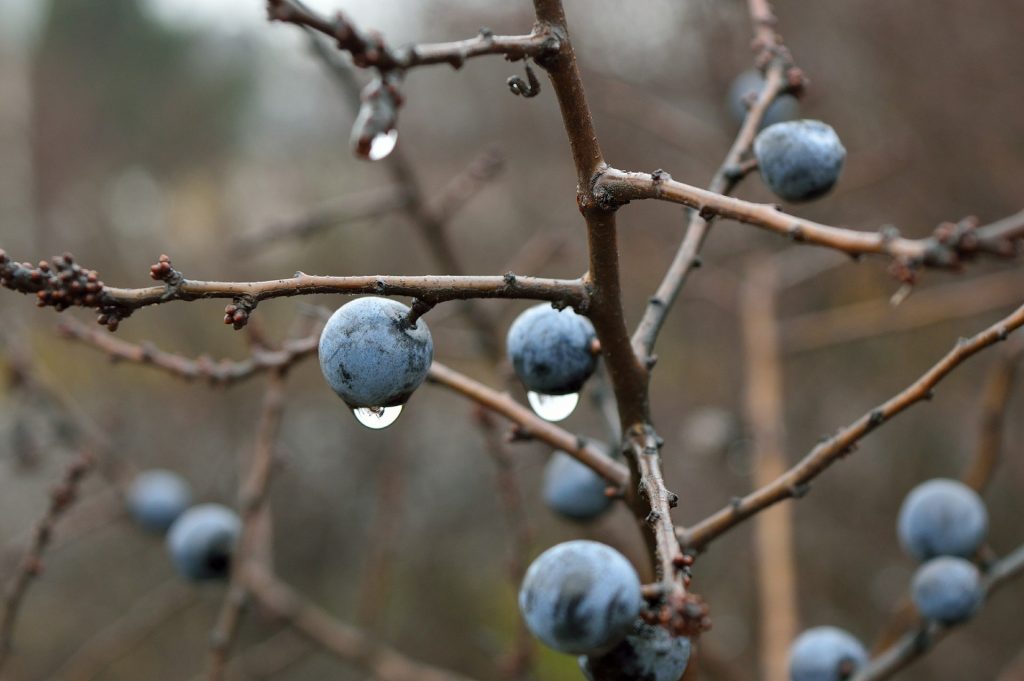 Selenium is an essential nutrient in human nutrition. A daily intake of selenium is therefore required in order for health to be maintained. A number of foods contain selenium, but the content of the food is dependent on the growing conditions of the food. Selenium must be in the soil in order for plants to absorb the mineral into their tissues, and mineral depleted soils therefore produced mineral deficient humans. Plants take up selenium from the soil as either selenite or selenate, two inorganic forms of selenium, and they transform this into an organic form of selenium, by bonding the selenium to an organic molecule such as an amino acid. In the case of methionine, this would produce selenomethionine. The amount of selenium absorbed to the plant is also dependent on a number of other factors other than the selenium content of the soil, and these can include the sulphate content of the soil, the drainage, the salinity, the type of plant, soil management practices, the pH of the soil and the types of rocks in the soil.
Selenium is an essential nutrient in human nutrition. A daily intake of selenium is therefore required in order for health to be maintained. A number of foods contain selenium, but the content of the food is dependent on the growing conditions of the food. Selenium must be in the soil in order for plants to absorb the mineral into their tissues, and mineral depleted soils therefore produced mineral deficient humans. Plants take up selenium from the soil as either selenite or selenate, two inorganic forms of selenium, and they transform this into an organic form of selenium, by bonding the selenium to an organic molecule such as an amino acid. In the case of methionine, this would produce selenomethionine. The amount of selenium absorbed to the plant is also dependent on a number of other factors other than the selenium content of the soil, and these can include the sulphate content of the soil, the drainage, the salinity, the type of plant, soil management practices, the pH of the soil and the types of rocks in the soil.

Proteins in animals and plants tend to contain selenium, because it is stored in tissues as selenomethionine and selenocystine. These selenium compounds are biologically active in humans and better absorbed compared to inorganic selenate or selenite.
As an example of the way that soil can affect the absorption of selenium to plants, we can take the case of acidity. Acid soil maintains the selenium in the soil in its selenite form, and selenite is less soluble than selenate. Therefore in acidic soil with a low pH, the selenium available for absorption to plants is lower compared to selenium in more alkaline higher pH soils. This is because in alkaline soils, the selenite is oxidised to selenate and this increases its solubility. It is interesting that studies show that the selenium content of crops grown in geographical areas reflect the selenium status of the populations that consume those plants. This suggests that both selenium from crops is an important source of selenium in human nutrition and also that there is a measurable link between soil selenium content and tissue selenium concentration in humans. Such low selenium soil areas have been identified, and parts of China, such as the Henan Province, New Zealand, and Finland, have all been shown to possess low selenium soils.

Selenate is more soluble that selenite, and as a result oxidising selenite in the soil through increasing the pH can significantly increase the uptake of selenium to the plants.
For animals tissue to contain selenium then, the selenium must be in the food of the animal. Therefore the selenium content of food varies geographically and temporally, and so food tables cannot guarantee a set intake of selenium even allowing for the consumption of supposed selenium rich plant foods. This point is valid for all minerals not just selenium and is often not considered by nutritionists. Analysis of animals fed on crops grown from the low selenium crop areas of China, New Zealand and Finland, show low tissue levels of selenium. The protein content of the animal is important to the absorption of selenium, as selenium often replaces sulphur in the amino acids methionine and cysteine forming selenomethionine and selenocysteine, respectively. Vegetable proteins and animal proteins therefore contain more selenium that other parts of the plants or animals. Fish can take up selenium from the water they inhabit and in this way certain fish such as tuna, are rich sources of selenium.
Eat Well, Stay Healthy, Protect Yourself
RdB
